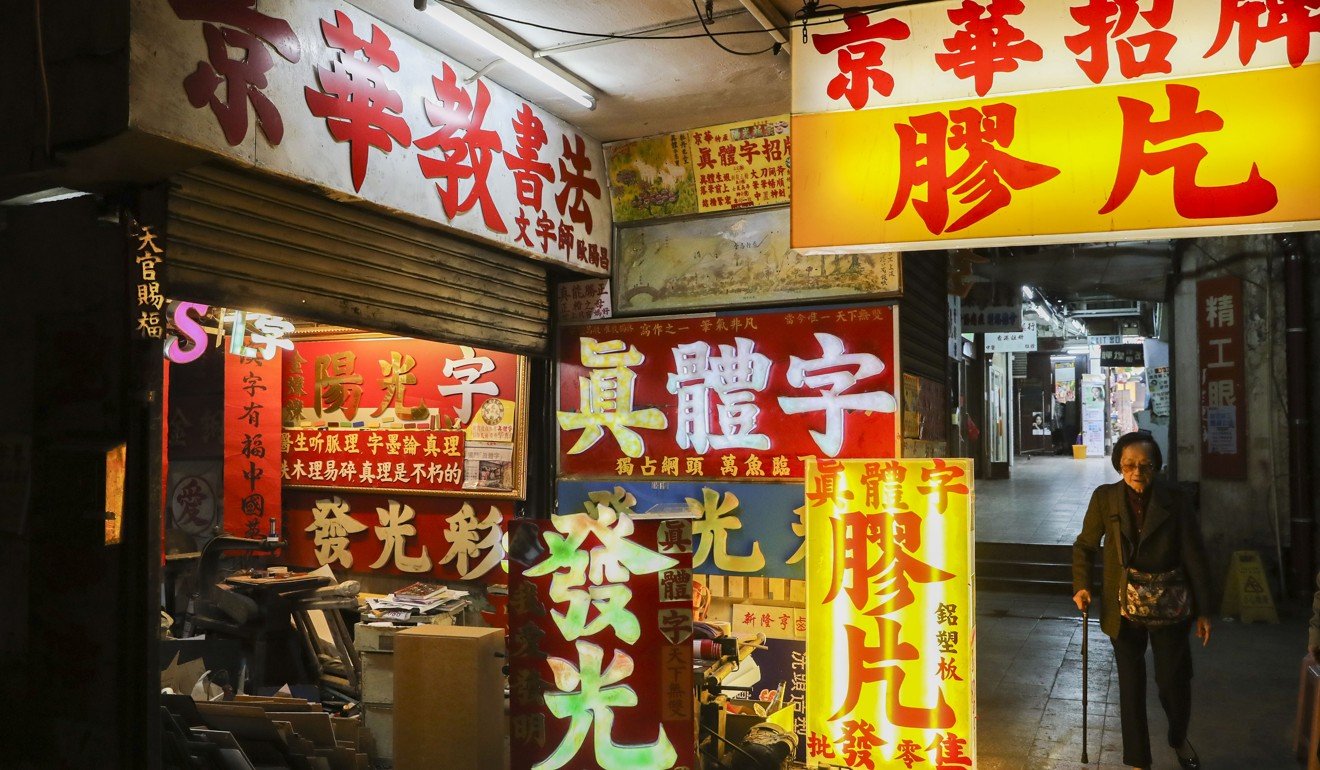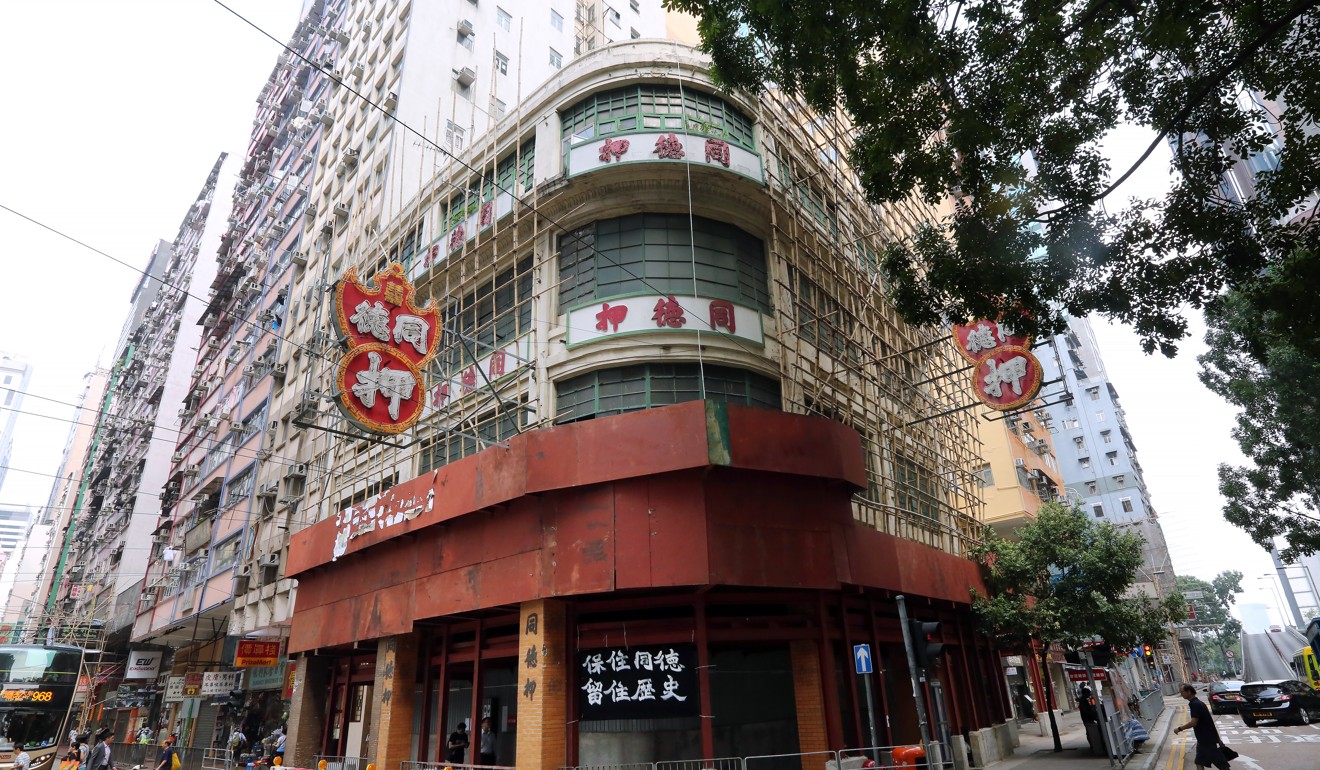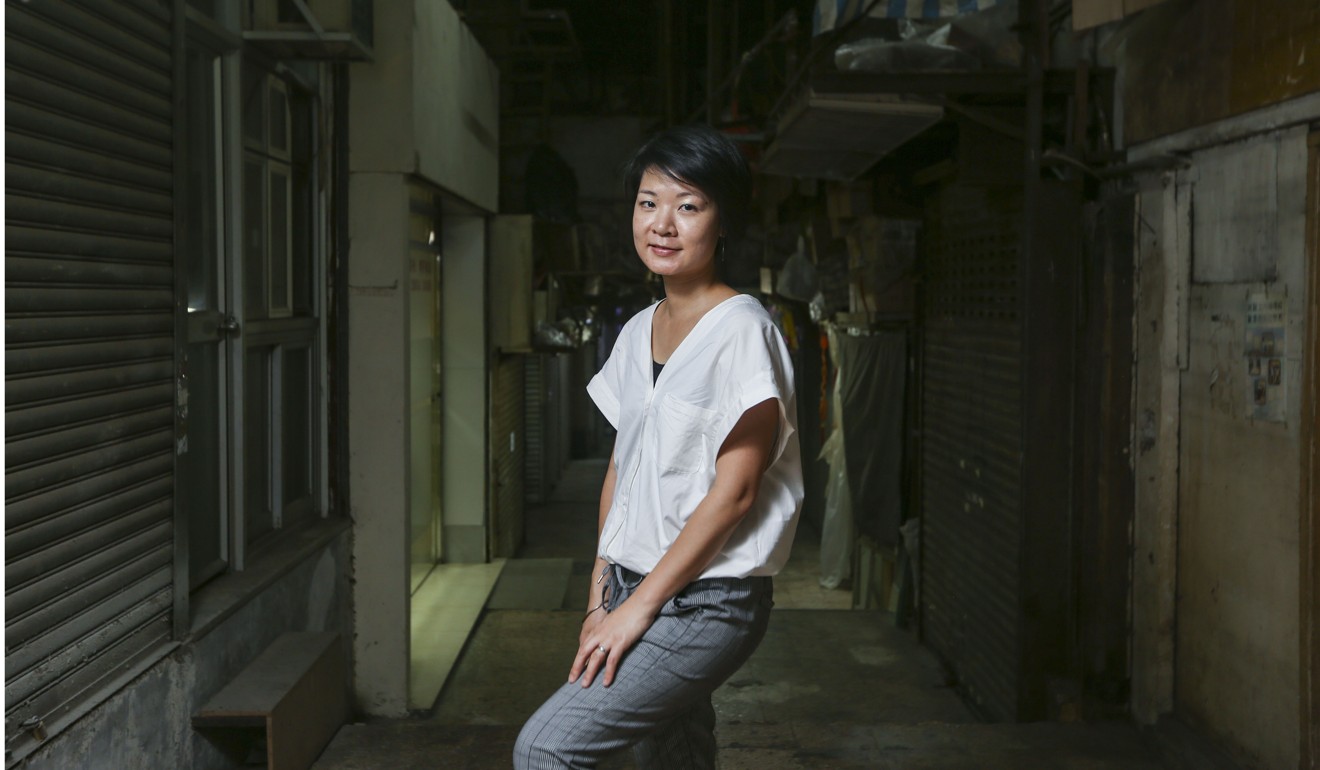
Conservationist works like a ‘detective’ to save Hong Kong’s iconic old buildings
Spirit of Hong Kong awards nominee Wendy Ng is always gathering clues to the true value of the city’s historic sites
Architectural conservationist Wendy Ng Wan-yee says she works like a detective.
“I always need to search for evidence,” she explained. “I need to find out how important an old building really is.”
But it is sometimes difficult to gather enough clues to determine the true heritage value of an antiquated edifice, she said.
“Official records of most pre-war buildings in Hong Kong are nowhere to be found.”

The city’s Building Information Centre provides records for existing completed private buildings but not for pre-war premises.
Ng said she generally dug around in newspaper archives to unearth little-known facts about many old blocks across the city.
“It’s a pity that some historical structures have slid into oblivion simply because they looked ordinary and failed to interest the public,” she noted, citing the demolition of Tung Tak Pawn Shop in 2015 to make way for redevelopment as an example.
The shophouse, which had stood in Wan Chai since as early as 1939, did not receive the official historic building status that would have warranted its preservation.

Ng is well-known for helping to save the State Theatre, which opened in 1952, from suffering the same fate. She believes that many of the city’s iconic buildings are unique and deserving of proper protection.
To create a sustainable future for them, we may need to give these buildings a new and innovative purpose
“But to create a sustainable future for them, we may need to give these buildings a new and innovative purpose,” she said.
Calling the State Theatre complex a viable subject for revitalisation, the conservationist said: “Its construction is close to modern design. It won’t cost too much to give it a facelift.”
The post-war building in North Point comprises residential units and a shopping arcade. The former theatre section features a series of concrete arches over its roof from which the ceiling is suspended, allowing for a column-free auditorium.
Although it no longer functions as a theatre, the site is widely seen as an important part of Hongkongers’ collective memory.
Ng, together with a number of heritage and architecture groups, put a lot of work into defining the former theatre’s architectural significance, prompting the Antiquities Advisory Board in 2016 to raise its historic building rating from Grade 3 to Grade 1 – the highest rank.
Watch: A look at the State Theatre
The Post has recommended her for the Cultural Preservation award, which recognises people who have made a sustainable impact on cultural conservation.
23 ‘unsung heroes’ nominated for Post’s Spirit of Hong Kong Awards
Ng has a passion for the State Theatre complex because she spent her childhood in the neighbourhood.
“My mother ran a children’s clothes shop in the arcade. I went there every day after school,” she recalled.

The conservationist is thankful that the community supported the initiative to preserve the building and believes the government does not bear sole responsibility for preserving the city’s architectural heritage.
“Property developers and private landlords can also contribute to the cause,” she said.
“There are still a lot of historical buildings not known or appreciated by the community.”

